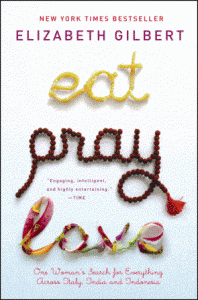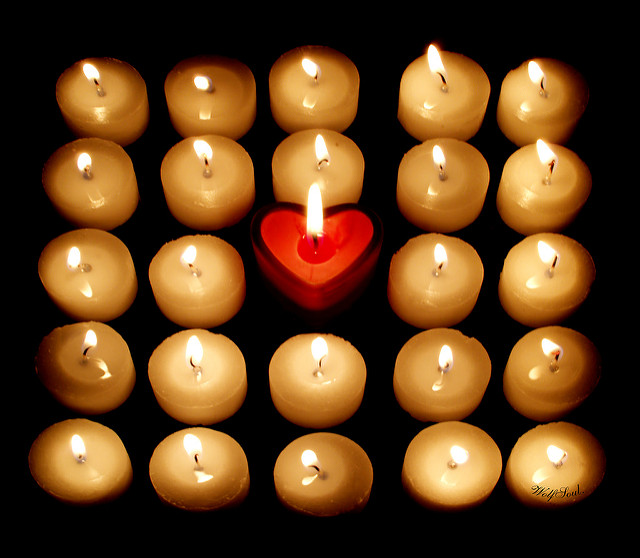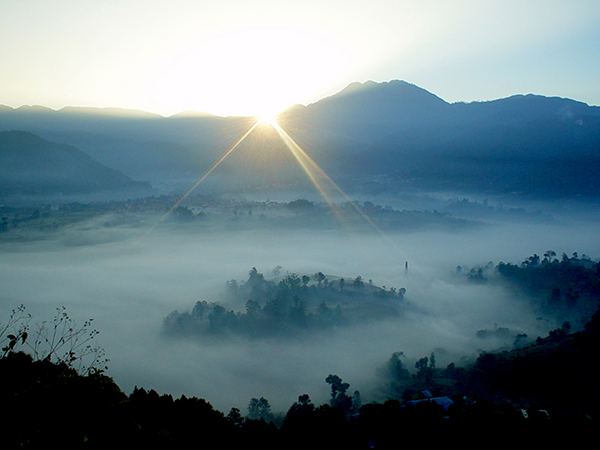 Eat, Pray, Love: A Pilgrim’s Progress?
Eat, Pray, Love: A Pilgrim’s Progress?
August 16th is the 33rd anniversary of the death of Elvis Presley. Thousands gather at his home, Graceland, in Memphis, TN to pay tribute to the King. It is the culmination of a weeklong annual Elvis week. It’s their version of pilgrimage. A pilgrimage is a journey or search that has moral significance for the traveler. In religious contexts it is a journey to a shrine of importance to a person’s beliefs and faith. Pilgrimage is a common human experience, what some psychologists name as a Jungian archetype. Many religions recommend pilgrimages. Buddhists visit Bodh Gaya, the site of Buddha’s Enlightenment. Jews visit the Wailing Wall in the Old City of Jerusalem. Muslims visit Mecca. Hindus visit the Chardham, 4 holy pilgrimage destinations. Christians visit sites associated with the life, death and resurrection of Jesus. The Church fathers encouraged pilgrimages to the Holy Land as early as the fourth century. The 17th century Puritan religious classic The Pilgrim’s Progress (John Bunyan, 1678) depicted the interior pilgrimage of the Christian life as a trek through bucolic England, replete with allegorical scenes and situations.
Thousands of women read and discussed Elizabeth Gilbert’s book Eat, Pray, Love (2006) the story of the author’s spiritual pilgrimage through Italy, India and Indonesia. They are flocking to movie theaters, dragging their reluctant husbands and boyfriends along to see Julia Roberts in the movie version. Why the fascination? It’s partly that Gilbert’s spiritual quest involved stuffing herself with pasta and still looking fantastic in lingerie she buys just for the heck of it and meeting a series of hot guys. But the fascination goes a little deeper than that. Maybe we’re living vicariously through someone who has the time and money to take an adventure through several beautiful, scenic countries? With all the talk of staycations these days, it is a good time to point out that spiritual quests can happen at home. The journey inward that leads us outward again toward the world is not restricted to Hindu ashrams in India. It can begin in the privacy of our own homes as we pray in our own way.
Thanking our Teachers
Elizabeth Gilbert opens her memoir travelogue Eat, Pray, Love by talking about strings of beads called japa malas. “They have been used in India for centuries to assist devout Hindus and Buddhists in staying focused during prayerful meditation. The necklace is held in one hand and fingered in a circle- one bead touched for every repetition of mantra. When the medieval Crusaders drove East for the holy wars, they witnessed worshippers praying with these japa malas, admired the technique, and brought the idea home to Europe as rosary.
The traditional japa mala is strung with 108 beads. Amid the more esoteric circles of Eastern Philosophers, the number 108 is held to be most auspicious, a perfect three-digit multiple of three, its components adding up to nine, which is three threes. And three, of course, is the number representing supreme balance, as anyone who has ever studied the Holy Trinity or a bar stool can plainly see. Being as this whole book is about my efforts to find balance, I have decided to structure it like a japa mala, dividing my story into 108 tales, or beads. This string of 108 tales is further divided into three sections…Italy, India, and Indonesia.
Every japa mala has a special, extra bead, the 109th bead. You are to stop and thank your teachers.”
I like this concept of stopping every day and thanking our teachers. I also like this thought that the scenes from our lives are like the beads on a prayerful necklace. It brings to mind the vivid action of feeling our way through our day, not just living in our heads. And, at the end of the day, asking ourselves, “What do these scenes add up to? What was beautiful, delicious, memorable, painful?”











